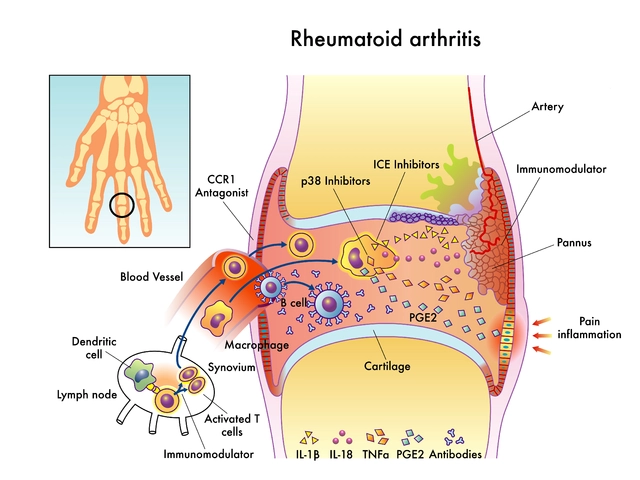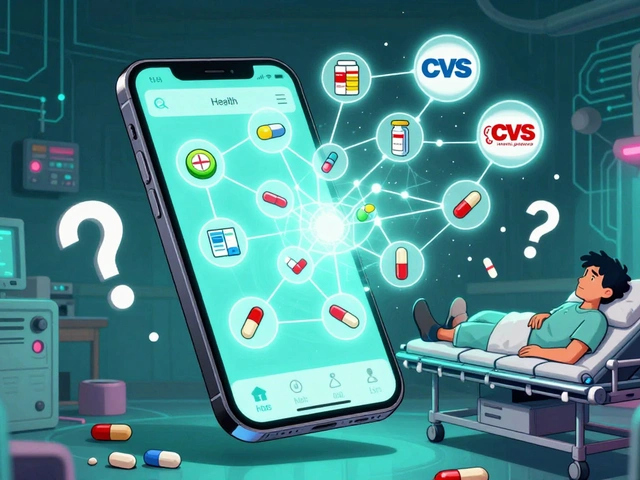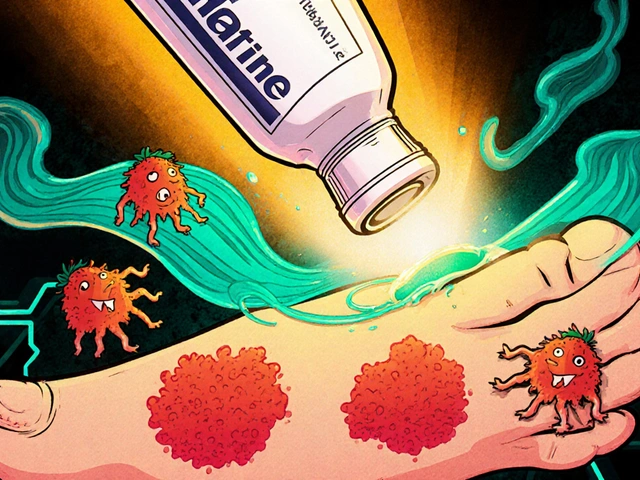Minocin Antibiotic: What It Is and How to Use It
Minocin is the brand name for minocycline, a broad‑spectrum antibiotic that fights a range of bacteria. Doctors often prescribe it for acne, respiratory infections, urinary tract infections, and some sexually transmitted diseases. It works by stopping bacteria from making proteins they need to survive.
Typical Dosage and How to Take It
The usual adult dose is 100 mg once or twice a day, depending on the infection. For acne, many dermatologists start with 50 mg twice daily and adjust after a few weeks. Take the pill with a full glass of water and try to keep the timing consistent – it helps keep blood levels steady.
Never skip doses. If you miss one, take it as soon as you remember unless it’s almost time for the next dose. In that case, skip the missed one and continue with your regular schedule. Doubling up can increase side effects.
Common Side Effects and When to Call the Doctor
Most people tolerate Minocin well, but a few side effects are common. Expect mild nausea, headache, or a feeling of dizziness, especially when you first start. Skin may turn a grayish color or develop a rash – stop the drug and call your doctor if the rash spreads or you feel feverish.
Rarely, Minocin can affect the liver or cause a severe allergic reaction (swelling, trouble breathing). If any of these happen, seek medical help right away.
Long‑term use can cause teeth discoloration in children and adults, and rare cases of autoimmune hepatitis have been reported. Talk to your doctor if you plan to stay on the medication for more than a few months.
Drug Interactions You Should Know
Minocin can interact with other medicines. Antacids that contain aluminum or calcium, as well as iron supplements, can lower its absorption. Give Minocin at least two hours before or after taking these.
Blood thinners like warfarin may become more potent, raising bleeding risk. If you’re on blood thinners, your doctor might check your blood levels more often.
Alcohol isn’t a direct interaction, but it can worsen liver stress, so limit drinks while on Minocin.
Alternatives and When They Might Be Better
If you can’t tolerate Minocin, other antibiotics can work. Doxycycline, another tetracycline, is often used for acne and respiratory infections. For urinary tract infections, trimethoprim‑sulfamethoxazole is a common alternative.
When a bacterial strain is resistant to Minocin, doctors may switch to a different class, such as a fluoroquinolone (e.g., ciprofloxacin) or a macrolide (e.g., azithromycin). Your doctor will choose based on the specific infection and lab results.
Tips for Buying Minocin Safely
Only buy Minocin from a licensed pharmacy. Look for a pharmacy that requires a prescription and shows a pharmacist’s contact info. Avoid websites that promise “no prescription needed” – they often sell fake or sub‑potent products.
If you use an online pharmacy, check for certifications like VIPPS or a local regulatory seal. Read reviews, but focus on whether the site explains how to verify the prescription.
Keep a copy of your prescription handy in case the pharmacist asks for verification. Store Minocin at room temperature, away from moisture, and keep it out of reach of children.
By understanding how Minocin works, its dosing, side effects, and safe buying practices, you can use this antibiotic effectively while minimizing risks.
 21 September 2025
21 September 2025
Minocin (Minocycline) Guide: Uses, Dosage, Side Effects & Safety
A clear, up‑to‑date rundown of Minocin - what it treats, how to take it, common side effects, drug interactions, and practical tips for patients.
Latest Posts
-

Cost Savings from Generic Combinations: How Switching to Lower-Cost Generics Saves Money Without Losing Effectiveness
-

The Impact of Azilsartan on Blood Pressure in Patients with Rheumatoid Arthritis
-

Personal Health Records: How to Manage Medications Across Pharmacies
-

Top 10 Frequently Asked Questions About Butenafine
-

The Impact of Diabetes Type 2 on Bone Health: Preventing Osteoporosis

13